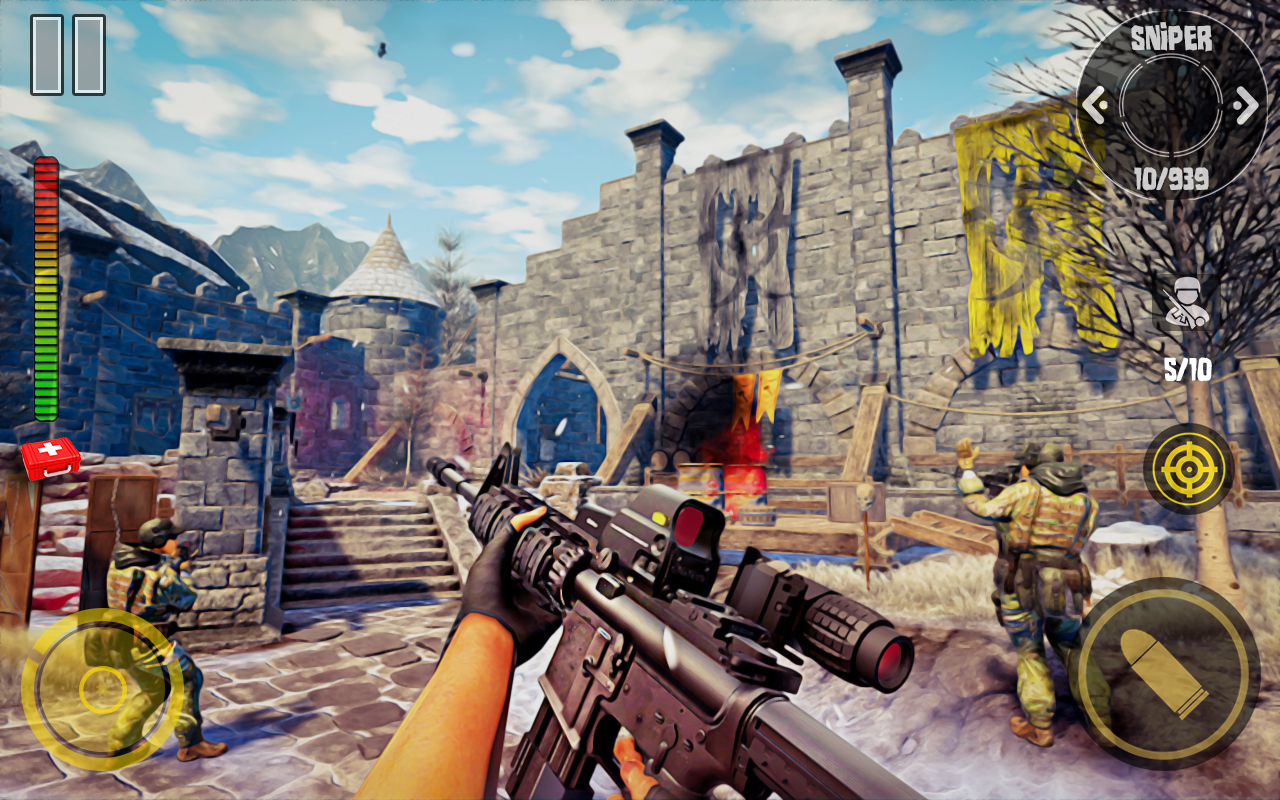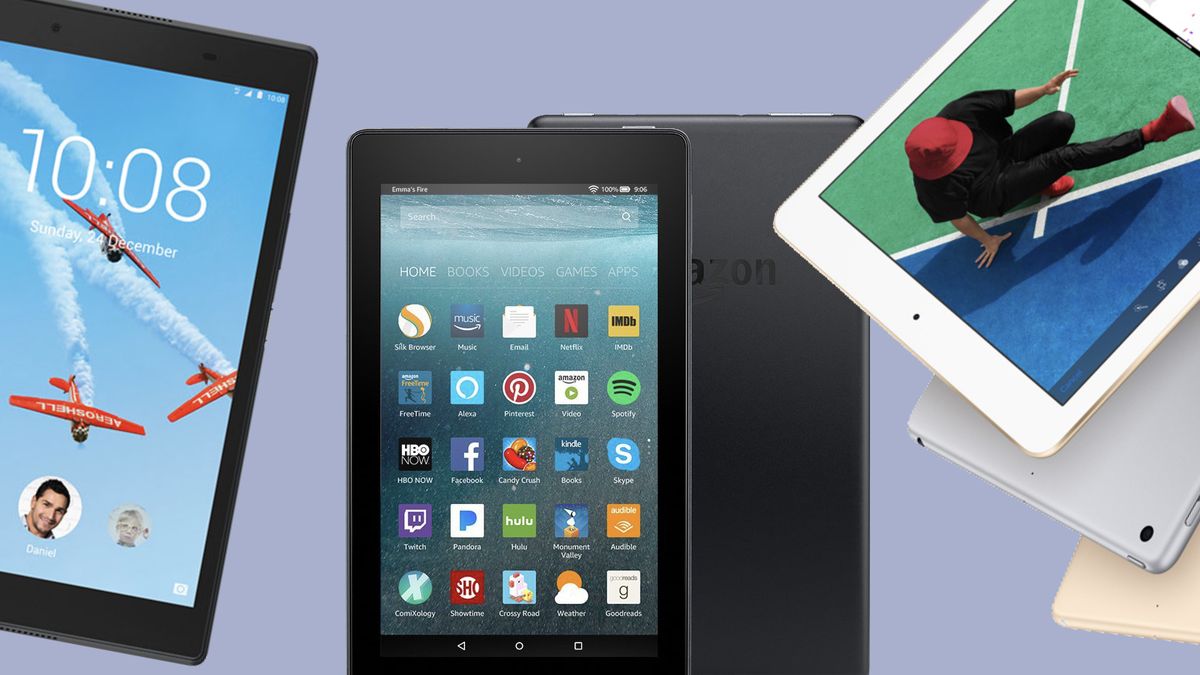


Snapdragon X20 LTE (Snapdragon Integrated)įingerprint sensor, heart-rate sensor, iris scanner, face unlock, fast charging (Qualcomm QC 2.0, Adaptive Fast Charging, USB-PD), Qualcomm Snapdragon 845 (US, China, Japan (TBC)) As devices converge to being ever more full-screen slabs of glass and screen, it’s easy to forgive Samsung on iterating on one of it’s best looking designs and aiming for 'perfection'. The exterior changes to the Galaxy S8 are more nuanced than ever.

The Galaxy S4, S6, and S8 each brought major overhauls in the design and build of the devices, while the odd-numbered generations such as the Galaxy S5 and S7 iterated on the newly introduced industrial designs.įor better or worse, the Galaxy S9 continues this trend to what might be Samsung’s most minor generational design changes. Over the years, Samsung has had a very consistent take on its flagship line-up and generational design language major changes are introduced at a two-year cadence while the in-between updates make more nuanced updates on the design. Having returned to the traditional MWC release schedule after last year’s late-March introduction of the Galaxy S8, the new Galaxy S9 has a faster cadence of succession, marking only 10 months since the predecessor. Samsung has officially unveiled the latest generation Galaxy S flagship today at Mobile World Congress in Barcelona. While the Snapdragon 845 SoC is a conservative generational update, the Exynos 9810 looks to shake up the market with, until now, a unexpected generational jump. Having the same screen and battery capacities as the S8 might seem like a step sideways, but the one thing where the S9 improves on is with the internals. The camera sees significant upgrades with both a new innovative camera sensor as well as an industry first-adjustable lens that can switch between f/1.5 and f/2.4 apertures. Both devices bring iterative designs over the Galaxy S8 – which is not a bad thing. BARCELONA, ESP – Today Samsung is announcing the Galaxy S9 and S9+.


 0 kommentar(er)
0 kommentar(er)
